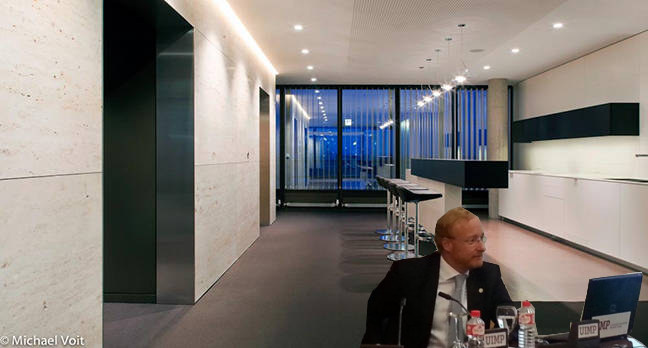

Madame Brimelow formally introduced software patents ("as such") in Europe, Battistelli took it one step further, and the EPO under António Campinos advocates software patents like never before. In his first 100 days in Office the EPO was dispersing so many pro-software patents tweets (hundreds of them) that we lost count. We used to track and highlight such tweets individually (back in the Battistelli era); that's no longer feasible.
As with other computer implemented inventions, the exclusion in relation to mathematical methods is relatively easy to overcome: simply including a technical means such as a computer within the claims will mean that the invention is not excluded from patentability at the EPO per se.
[...]
The updated Guidelines helpfully provide examples of situation in which the use of a neural network may be found to be technical. For example, the use of the neural network in heart monitoring apparatus for the purpose of identifying irregular heartbeats, and the use of a neural network in classification of digital images based on low-level features are considered technical applications. By way of contrast, classifying text documents using a neural network but based on their textual content is a linguistic rather than a technical purpose.
It is also set out that, where a classification method serves a technical purpose, the steps of generating a training set and training a classifier may also contribute to the technical character of the invention, if they support achieving a technical purpose.
The new Guidelines explain that subject matter or activities which are of a financial, commercial, administrative or organisational nature fall within the scope of the "business method" exclusion.
The Guidelines reiterate the longstanding principle that the business method exclusion can be avoided by the presence of technical means such as a computer in a claim. However, in such cases examination of inventive step will be based on the EPO's well-established approach to mixed-type inventions, in which only those features of the claim which contribute to the technical character of the invention are considered in the assessment of inventive step, and non-technical features are disregarded. Thus, modifications to a business method that seek to circumvent a particular technical problem cannot be regarded as inventive, whereas features which provide a technical solution to a technical problem can contribute to an inventive step.
The Guidelines further note that business method features may be found in many different contexts. In general terms, if a feature relates to an administrative rule that would be established by an administrator (e.g. prioritising patient data obtained from sensors over patient data provided by the patient themselves) then that feature belongs to the realm of business methods and cannot contribute to an inventive step.